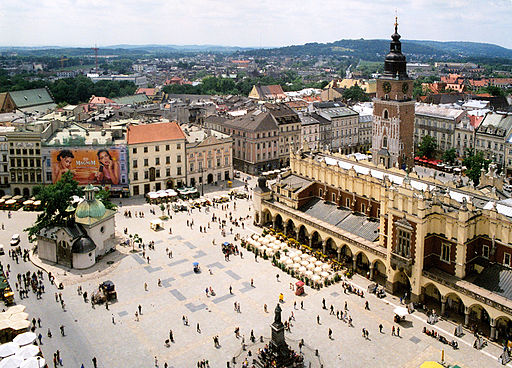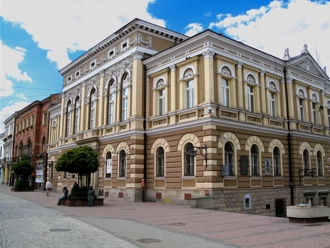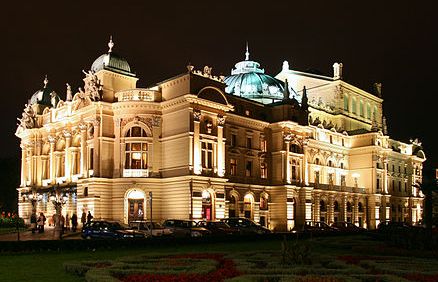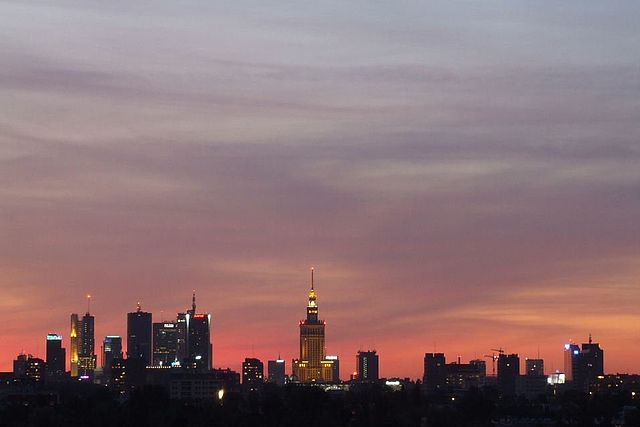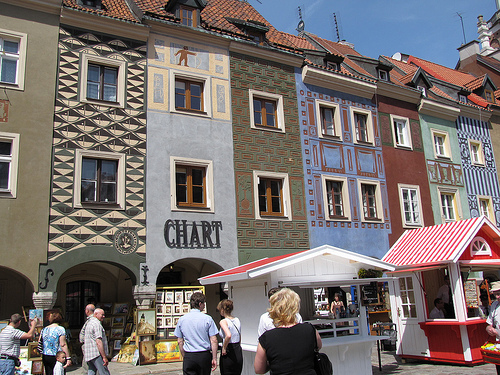Every true history must force us to remember that the past was once as real as the present and as uncertain as the future.
G. M. Trevelyan, British historian
PROPERTY VALUES IN POLAND
This webpage will be soon updated and revised.
Q. What are property values
in
Poland today?
A. Most of the nationalized or expropriated properties we recover are
urban
buildings or urban land. Taking into account the surface of
the
property, in major Polish cities (e.g. Gdańsk, Kraków, Łodź, Poznań,
Wrocław) property values are
comparable to smaller to mid-size American
cities, considering that the average technical standard of dwellings is
much lower.
In Warsaw, the capital city of Poland, real estate values are much
higher than in the other major Polish cities.
In Poland, lodgings are typically sold on a per-square-meter
basis of
living surface (1m2 = 10.76 ft2), commercial
surface is also typically
sold on a per-square-meter basis. Premises in buildings, other than new
construction,
are
referred to as the “Secondary Market”
(rynek
wtórny). The value of
recovered buildings, typically older apartment buildings (kamienice)
sometimes with store-front commercial premises, is
determined by this Secondary Market. As a very rough guide, lodging
prices in this market range from $70 to $300 per square foot,
with the
highest prices in Warsaw.
Real estate prices have increased in Poland since we put the above
orientation figures on our website in September 2013. However, since
then the US Dollar has significantly appreciated versus many other
currencies, including the Polish Złoty. For simplicity we are not
adjusting these orientation figures at this time (spring 2016).
On the Secondary Market, commercial surface (store front and
sometimes
the first floor) can be worth
several times more than residential space. For orientation purposes,
prices can be
researched in Polish and English on the Internet.
It should be noted however, that parties promoting properties to
foreigners often advertise higher prices.
While the value of urban properties in Poland started appreciating shortly after the fall of Communism in 1989, the value of agricultural land has risen mainly since 2005, when Poland joined the European Union.
There is a general expectation in Poland and elsewhere in Europe that the standard of living and real estate values in Poland will continue to move towards Western Europe levels(4).
Q. What determines values of
recovered properties in Poland?
A.
The market makes no distinction regarding the provenance of empty lots.
Recovered pre-war buildings, as mentioned, are a part of the Secondary
Market, which to a large degree, determines their values.
Some of the factors which drive this Secondary Market are different
than in North America, including the following:
- Poland is an old country, and there are strong heritage and cultural restrictions on building permits throughout Poland. Also until recent years, mortgages were not easily available in Poland. These factors, and the reluctance of Polish people to take on debt, resulted in a continuing shortage of reasonably priced lodgings, and very high free market rents. To this date, run-down apartment buildings, for which there would be no renters in North America, are fully rented in Poland.
- As a rule, pre-war buildings, including those built after
WW1, have a lower technical standard than buildings erected in very
recent years (last 10 years or so), for instance they have no elevators
or garage (or parking spaces). Yet, also as a
rule,
apartments (flats) in pre-war buildings are larger than those built
during the Communist era, many of which have a surface of only 30 to 40
m2. These larger pre-war units are more marketable.
- When several heirs inherit interest in a particular
property (“joint heirs”), each
of them inherits a fractional ownership
(udział, a share) of that
property. But, it is not as if that heir owned condos in a
building or a share in a housing cooperative — with an udział there is no physical
subdivision of premises. A party who buys an udział from only one of the heirs
still has to obtain a physical subdivision of premises, has to buy out
the other co-owners also, or has to live with the unwieldy arrangement.
- For these reasons, joint heirs should sell their shares together after recovery. When they do not, usually a significant discount applies to sale of their fractional interests; 25% to 30% is a good first approximation. However, not always. In two cases, we recovered and sold the clients’ fractional interests at only a small discount to an investor who was buying up fractional interests in the area, with a view to redevelop the properties.
- In a recovered pre-war building, an empty apartment may be
more valuable than a rented one because some of
the rented ones are controlled-rent units (mieszkanie kwaterunkowe or mieszkanie komunalne), with very
low
rents accorded to some old tenants by the municipality or the county.
- However, controlled-rent is being phased out in Poland by law. Once dominant, it presently represents a small fraction of the total Polish lodging market. In addition, a 3-year notice generally suffices to convert a controlled-rent unit to a market-rent unit, and some controlled-rent tenants accept cash settlements to vacate premises much sooner.
- Some of the recovered kamienice buildings are luxury buildings, typically constructed in the first three decades of the 20th century. In the early post-war period, under Communism, large apartments in such buildings were often crudely subdivided into several units. Fine woodwork and marble was painted over and so on. Nowadays, it is fashionable in Poland to “revitalize” such buildings by restoring them to their former splendor, in order to sell the large apartments in them as luxury condos.
Apart from the above unique factors, location, location,
location, the size of the property and its
technical standard are the key factors which
determine its value.
The drive toward home ownership is very strong in Poland. Around 84%
Poles
own the apartments they live in, either directly or through
co-operatives. (In the USA, the percentage is around 65%.)
Also many store owners purchase the storefront premises
they operate from. This is particularly common in the better kamience buildings.
For these reasons, as a rule, recovered properties, including
fractional interests, are highly marketable in Poland.
